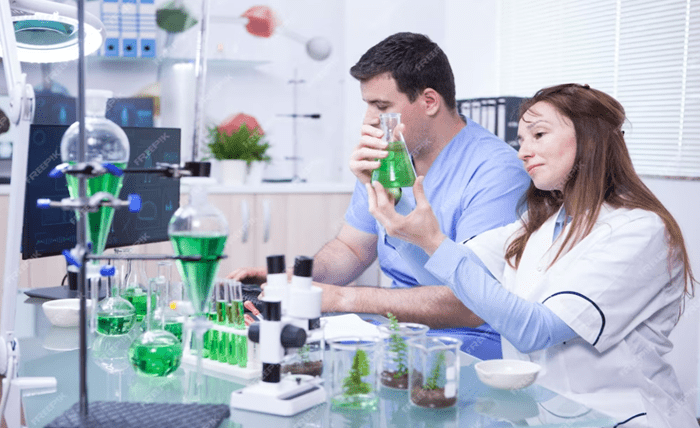Historically known for its heavy environmental footprint, the chemical industry is undergoing a significant transformation. Spearheading this change is the concept of green chemistry, a movement that prioritizes sustainability and the minimization of hazardous substance use. One of the breakthroughs in this domain is developing and applying compounds like the cda-12a formula, designed to reduce toxicity and improve efficiency in various chemical processes.
Table of Contents
The Rise of Green Chemistry
Green chemistry emerged in the 1990s as a proactive response to growing concerns over environmental pollution and the depletion of natural resources. The basic principle is straightforward: to design chemical products and processes that minimize or eliminate the generation of hazardous substances. This sustainable approach extends across the chemical life cycle, from raw material extraction to manufacturing, usage, and disposal.
The holistic methodology of green chemistry is encapsulated in its Twelve Principles—guidelines that serve as the foundation for researchers and industrial practitioners alike. These principles promote using renewable materials, energy efficiency, waste prevention, and the design of safer chemicals and products.
The Importance of Safer Catalysts
One of the crucial areas where green chemistry is making strides is the development of safer additives and catalysts, such as cda-12a. Its formula represents a new generation of chemical agents that align with green chemistry’s objective of reducing toxic byproducts while maintaining—if not improving—reactivity and efficiency.
Incorporating this safe compound into chemical processes signifies a significant step towards sustainability. Its ability to function in milder conditions reduces energy consumption, and its lower toxicity makes it safer for both the environment and the workers handling it. Utilizing such compounds is pivotal as the industry moves to cleaner, more responsible manufacturing practices.
Green Chemistry in Action
Several success stories have exemplified the power and potential of green chemistry. For instance, the synthesis of certain pharmaceuticals has been re-engineered to produce less waste. Advances in biotechnology have allowed the industry to use enzymes and microorganisms to catalyze reactions that traditionally required harsh chemicals and high temperatures. These innovations are not only eco-friendly but also cost-effective.
Another significant achievement of green chemistry has been the development of bio-based plastics, a promising alternative to conventional plastics derived from petrochemicals. These bioplastics are often biodegradable and produced from renewable resources, addressing the problems of plastic pollution and resource scarcity.
Green chemistry’s influence also spans industries, including agriculture, where biopesticides offer a less toxic alternative to traditional pesticides; electronics, where safer batteries and electronic components are created; and the textile industry, where sustainable dyeing processes reduce water and energy consumption.
Challenges and Future Outlook
Despite considerable progress, the chemical industry’s shift to green chemistry is not without challenges. A significant barrier remains in the economic domain. Traditional processes are deeply entrenched in the infrastructure, and transitioning to sustainable alternatives often requires substantial upfront investments. There’s also the matter of consumer acceptance; green products must perform as well—if not better—than their conventional counterparts.
Education and collaboration are vital for overcoming these obstacles. By incorporating green chemistry into academic curricula and industry training, we ensure that the next generation of scientists and engineers have the knowledge and skills to innovate sustainably. On the other hand, partnerships among stakeholders—from government agencies to non-profits and private enterprises—can foster an ecosystem that supports and accelerates the adoption of green chemistry.
Conclusion
Green chemistry is more than just a set of practices—it’s a paradigm shift in how we think about and interact with chemicals. By weaving sustainability into the chemical industry’s fabric, we protect the environment and create opportunities for innovation, economic growth, and human health. Safe compounds are just the beginning, but they symbolize the industry’s potential to reimagine its relationship with nature and redefine its societal role.
Amidst the pressing climate change and sustainability issues, green chemistry stands out as a beacon of hope. With its newfound commitment to eco-friendly practices, the chemical industry is poised to be a global leader in building a cleaner, greener future. The story of green chemistry is still being written, and its next chapters are bound to be compelling as this scientific discipline continues to evolve and grow.
